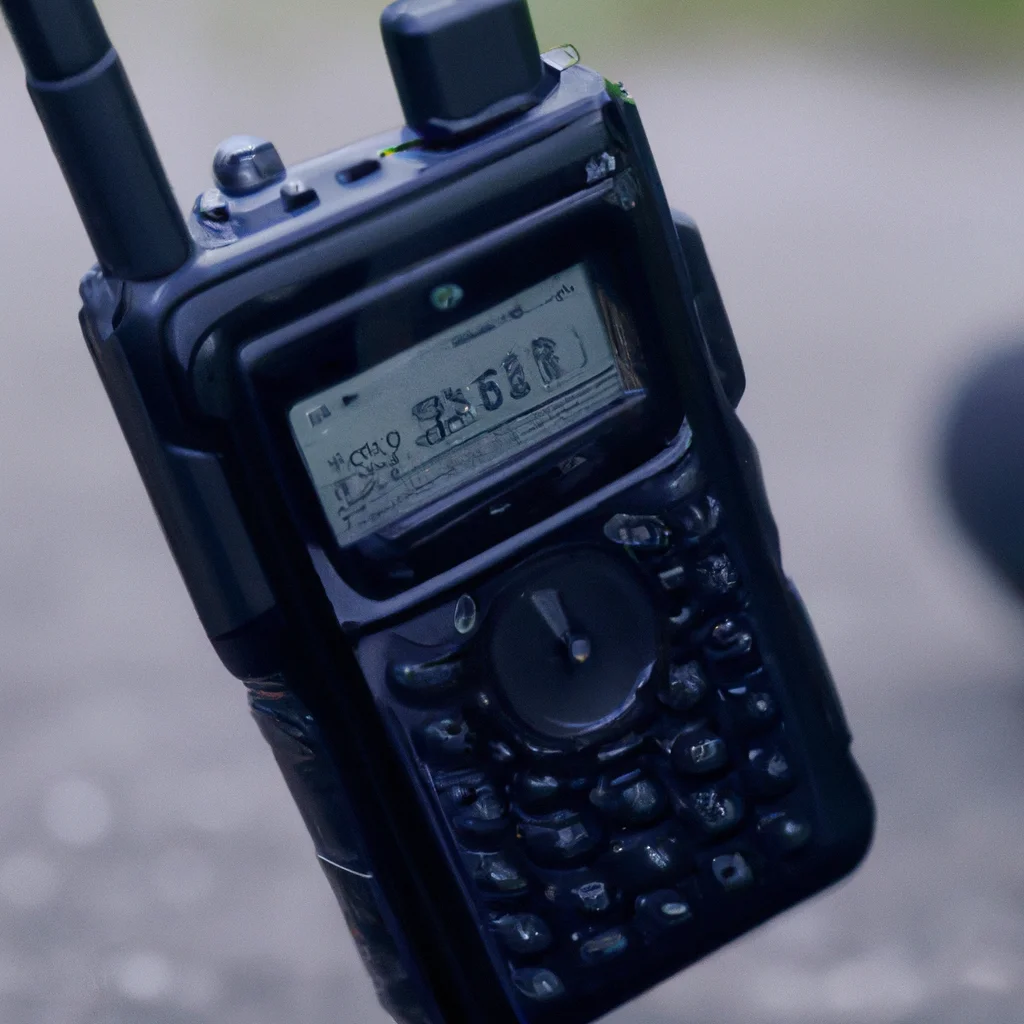How do walkie-talkies work?


How do walkie-talkies work?
Walkie-talkies, also known as two-way radios, are communication devices that have been a popular choice for businesses, emergency services, and outdoor enthusiasts for many years. They allow for wireless communication between two or more people over a short distance, without the need for a cellular network or Wi-Fi. But how do walkie-talkies work? In this article, we will explore the technology behind these devices and explain how they operate to provide reliable communication in a variety of situations.
Radio Technology
At the heart of walkie-talkies is radio technology. Radios work by transmitting and receiving radio waves, which are a type of electromagnetic radiation that travels through the air at the speed of light. These waves are encoded with information, such as voice or data, and can be picked up by a receiver tuned to the same frequency as the transmitter.
Walkie-talkies use a specific type of radio technology called half-duplex communication. This means that the device can either transmit or receive information at any given time, but not both simultaneously. This is in contrast to full-duplex communication, which allows for simultaneous communication in both directions.
Components of a Walkie-Talkie
To understand how a walkie-talkie works, it is important to know the different components that make up the device. These include:
– Transmitter: The transmitter converts the electrical signals from the microphone into radio waves that can be transmitted over the air.
– Antenna: The antenna is used to send and receive radio waves. It is designed to match the frequency of the transmitter and receiver.
– Receiver: The receiver picks up the radio waves sent by the other walkie-talkie and converts them back into electrical signals that can be heard through the speaker.
– Speaker: The speaker produces sound that is created from the electrical signals received by the receiver.
– Microphone: The microphone picks up the user’s voice and converts it into electrical signals that can be transmitted by the transmitter.
How Walkie-Talkies Work
When using a walkie-talkie, the user presses a button on the device to transmit their voice. This activates the transmitter, which converts the electrical signals from the microphone into radio waves. These waves are sent out through the antenna and travel through the air to the other walkie-talkie.
The receiver on the other walkie-talkie picks up the radio waves and converts them back into electrical signals. These signals are then sent to the speaker, which produces sound that can be heard by the user.
It is important to note that walkie-talkies operate on specific frequencies, which are regulated by government agencies. These frequencies are divided into different channels, which can be used by different users to avoid interference. Walkie-talkies also have a limited range, typically between 1-2 miles in urban areas and up to 25 miles in open areas with no obstructions.
Benefits of Walkie-Talkies
Walkie-talkies offer several benefits over other forms of communication, such as cell phones. These include:
– No need for cellular or Wi-Fi network: Walkie-talkies can be used in remote areas where there is no cellular or Wi-Fi network available.
– Instant communication: Walkie-talkies provide instant communication, without the need to dial a phone number or wait for a connection.
– Durability: Walkie-talkies are designed to be rugged and durable, making them ideal for use in harsh environments.
– Cost-effective: Walkie-talkies are generally more affordable than cell phones, making them a cost-effective solution for businesses and organizations.
Conclusion
In conclusion, walkie-talkies are wireless communication devices that use radio technology to transmit and receive information over short distances. They rely on a transmitter, antenna, receiver, speaker, and microphone to operate, and use half-duplex communication to allow for one-way communication at a time. Walkie-talkies offer several benefits over other forms of communication, including instant communication, durability, and cost-effectiveness. With their reliability and ease of use, walkie-talkies are likely to remain a popular choice for businesses, emergency services, and outdoor enthusiasts for many years to come.
Recent Posts
How do I create an engaging and informative online quiz or assessment?
Creating an engaging and informative online quiz or assessment can be a powerful tool for… Read More
What are the most effective methods for managing and reducing work-related stress in the hospitality industry?
Work-related stress is a common issue in the hospitality industry, where employees often face long… Read More
How can I improve my assertiveness and communication skills in a leadership position?
In a leadership position, assertiveness and effective communication skills are crucial for success. Being able… Read More
What are the key elements of a successful employee recognition and rewards program?
Employee recognition and rewards programs play a crucial role in motivating and engaging employees, as… Read More
How do I effectively manage and respond to customer feedback and reviews?
Customer feedback and online reviews play a crucial role in shaping a company's reputation and… Read More
What are the best strategies for effective time management as a stay-at-home parent?
Effective time management is crucial for stay-at-home parents who juggle multiple responsibilities on a daily… Read More